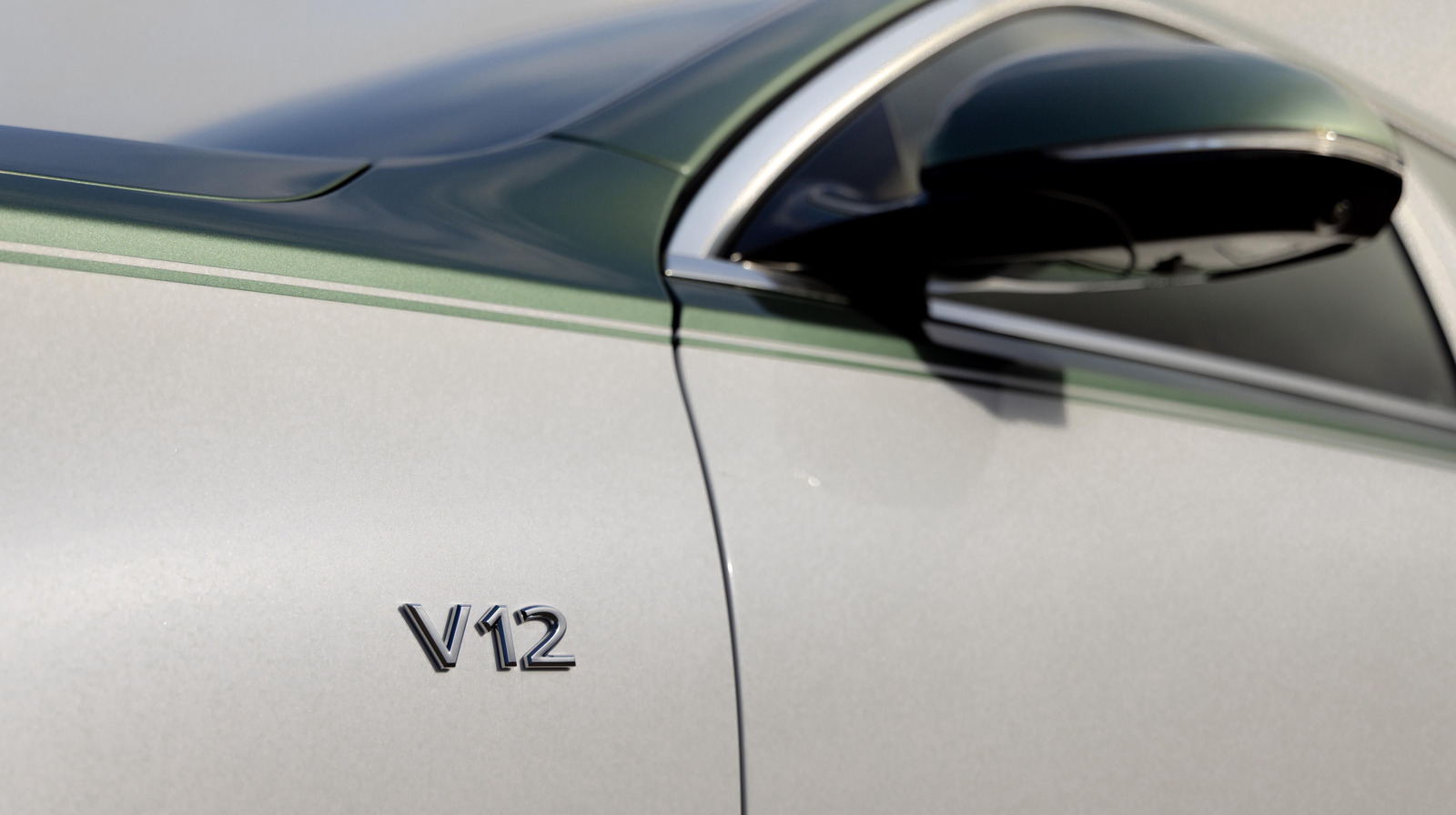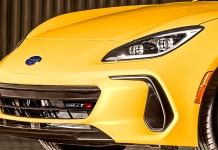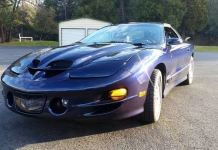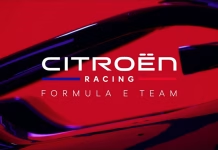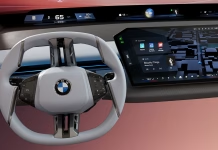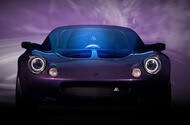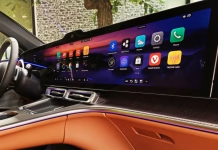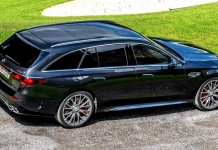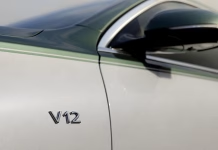Hyundai moves beyond LED light bars as design chief calls for fresh styling
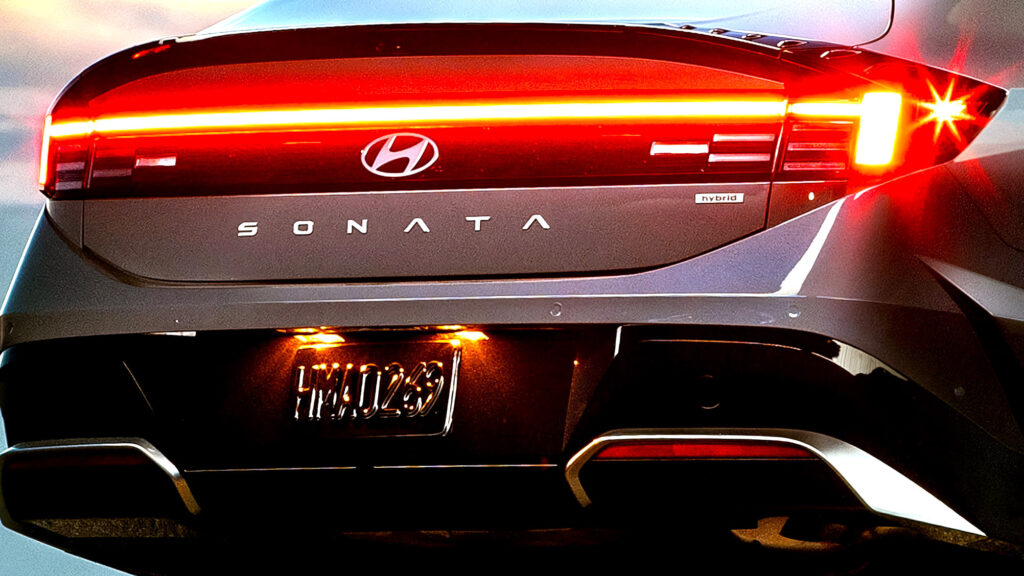
Royal Canadian Mounted Police Stop Drunk Driver in Barbie Jeep

Subaru special editions bring bold yellow style to BRZ and WRX with limited release
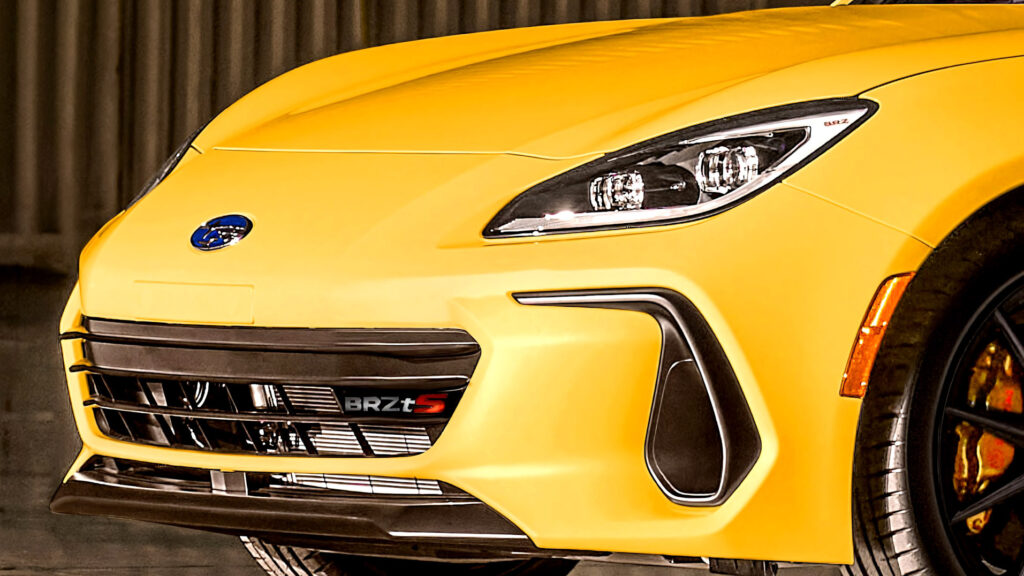
Trans Am Delivers Classic Power with Ram Air Induction and Six Speed Thrills

Citroen Formula E debut signals bold shift from rally legend to electric racing
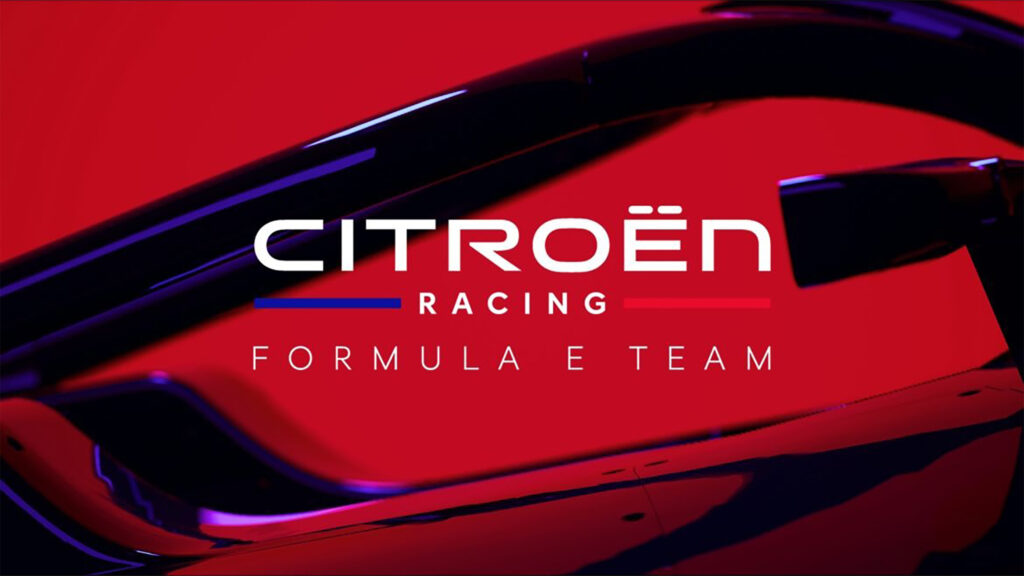
BMW data reveals surprising truth about infotainment use

Lotus Elise S1 Reimagined as Ultra Lightweight Central Seat Supercar
 British firm Analogue Automotive draws on Elise’s racing heritage for dramatic new restomod
British firm Analogue Automotive draws on Elise’s racing heritage for dramatic new restomod
British firm Analogue Automotive has detailed the VHPK, a dramatic new reimagining of the Lotus Elise S1 weighing just 600kg and featuring a central driving position.
Announced to celebrate the 30th anniversary of the seminal sports car’s unveiling, it draws on the Sport Elises raced in the Autobytel Lotus Championship at the turn of the millennium.
Like in those race cars, the driver sits dead centre in the cockpit – but the interior is said to have been modified with an array of carbonfibre components.
The bodywork too has been replaced with carbonfibre, while extra stopping power comes courtesy of a new set of carbon-ceramic brake discs – reducing unsprung weight.
Sitting amidships is the Rover K-Series engine that originally powered the Elise, but its displacement has been increased and it has been upgraded with forged-and-billet internals.
These tweaks have netted a power output north of 250bhp, according to Analogue, giving a power-to-weight ratio in excess of 400bhp per tonne. That more than doubles the original Elise’s 163bhp per tonne.
A total of 35 examples will be built, with orders set to open next year. Prices remain under wraps, but the less extreme Analogue Supersport is priced into the six-figure range; the VHPK is expected to comfortably exceed it.
When Autocar competed in the Autobytel Championship
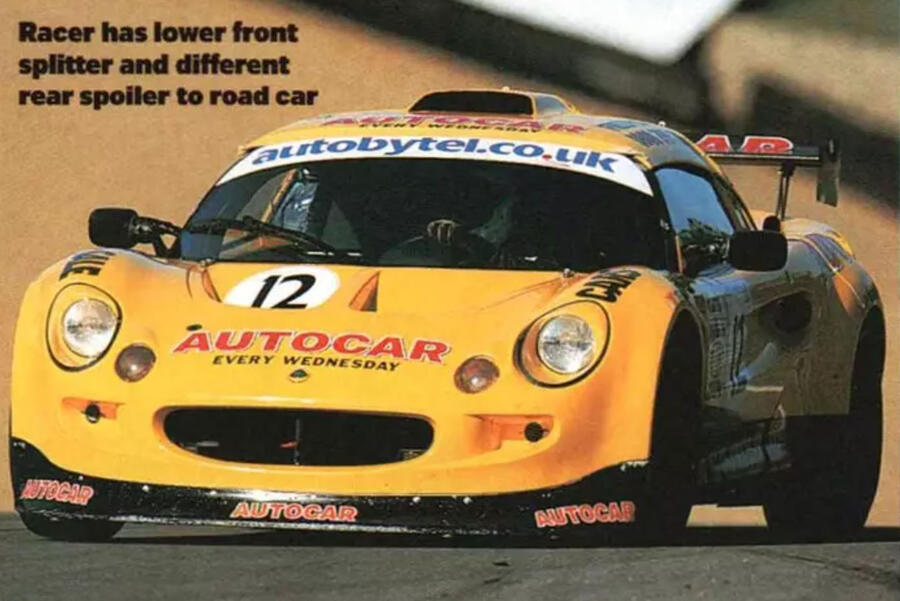
More than two decades on, the Autobytel Lotus Championship is all but forgotten. But Autocar actually fielded an entry in the competition in 2001, giving a dramatically early glimpse at what can be expected from the VHPK.
Correspondent Chris Harris noted that the Elises’ lap times around Darlington’s Croft Circuit were “very similar to those of the full-house BTCC machines we supported all year” and that the cars “felt and looked like the proper item”.
With great grip, stopping power and the signature central driving position, the Autobytel Sport Elise felt like “a baby Group C racer”, wrote Harris.
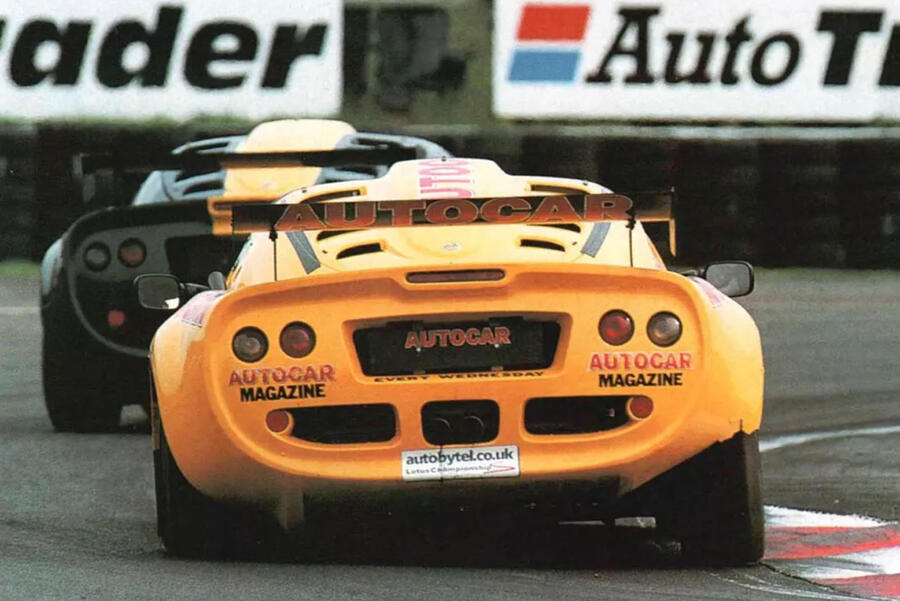
To read the full feature, published 12 December 2001, subscribe to Autocar’s digital archive today.
Mercedes GLC Leads Bold Shift to Massive Dash Screens and Custom Controls
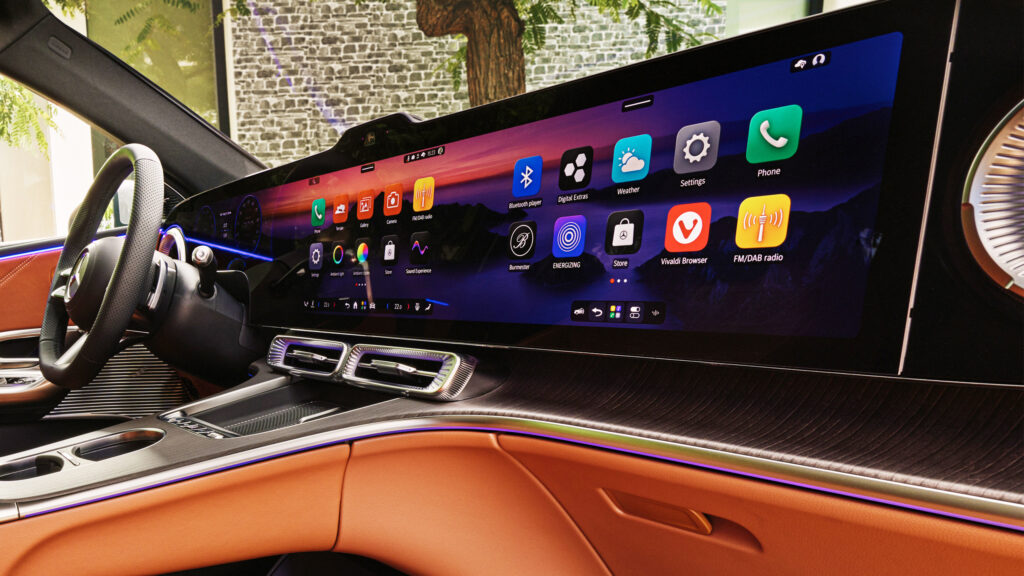
Mercedes-AMG E 53 Hybrid Wagon Delivers Power and Luxury for Thousands Less Than Rivals
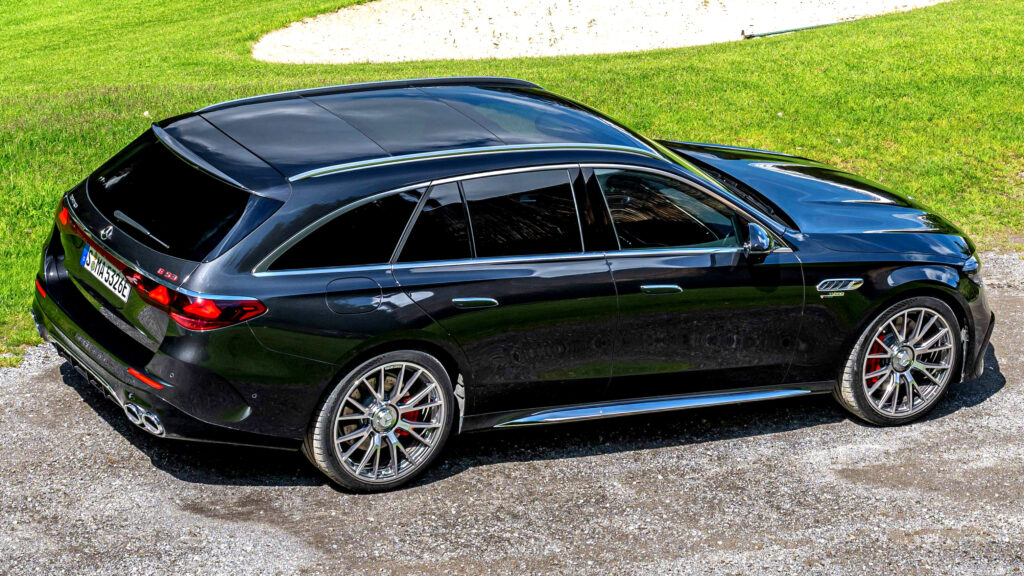
12-cylinder engine survives as Mercedes commits to V12s into the 2030s
